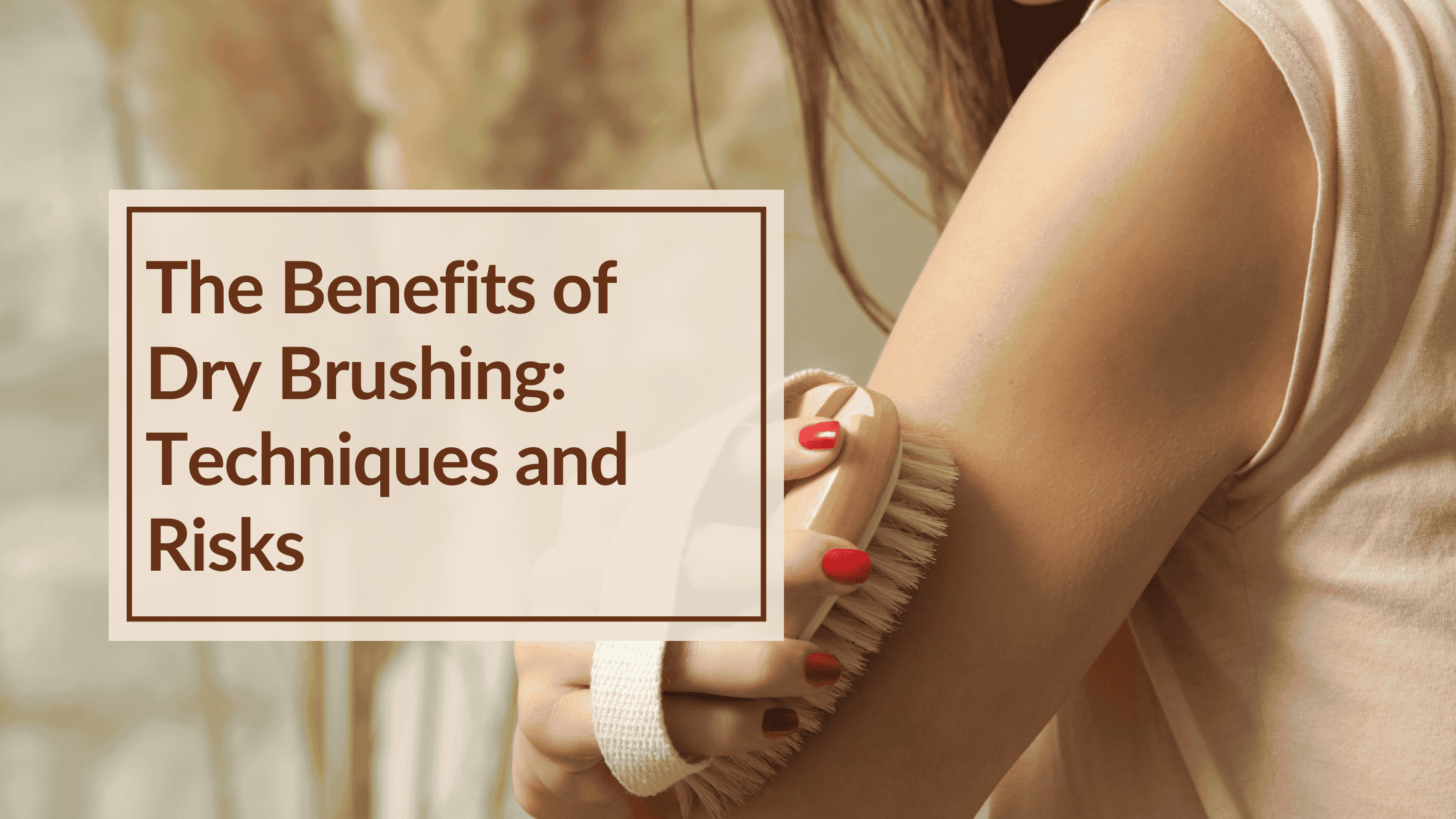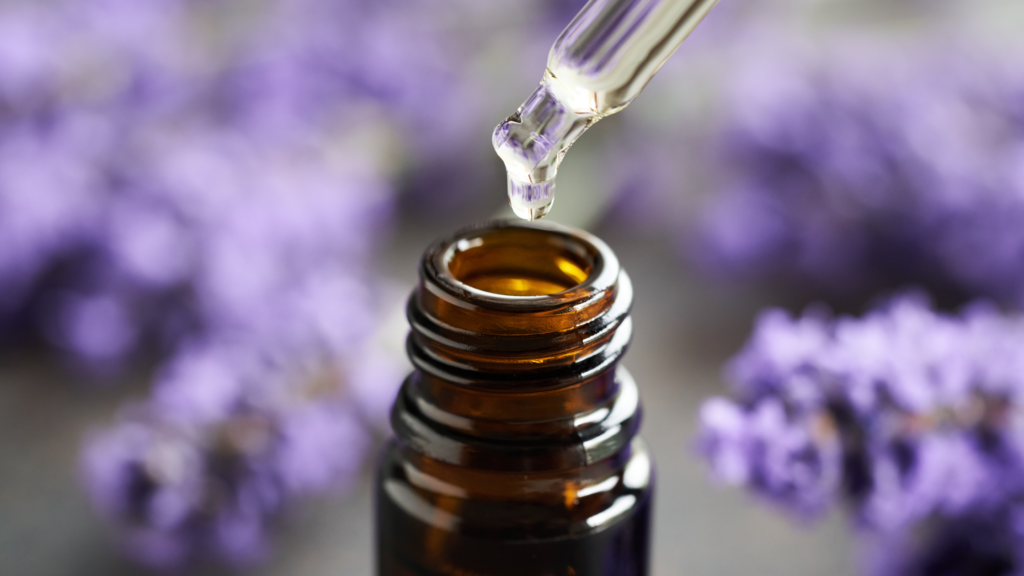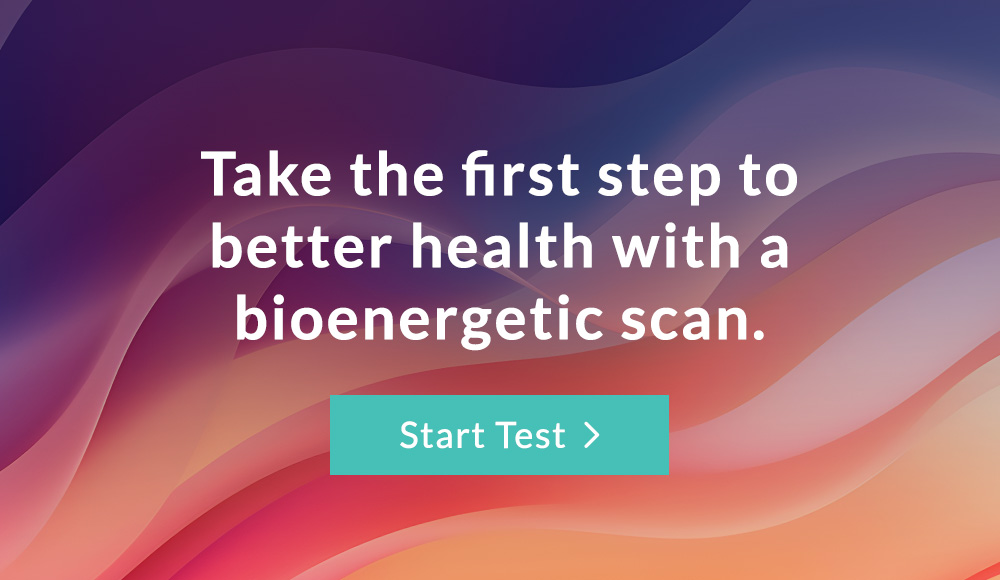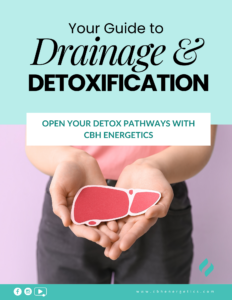
Are There Specific Techniques to the Benefits of Dry Brushing?
The benefits of dry brushing are rooted in the age-old practice of Ayurvedic medicine. This practice involves using a brush with coarse, natural fiber bristles to scrub the body in specific patterns gently. Celebrated for its various health benefits, such as stimulating the Lymphatic System for toxin removal, exfoliating the skin for a softer appearance, promoting relaxation, and even the potential reduction of cellulite, dry brushing is a popular wellness trend.
Do the benefits of dry brushing apply to everyone? While many can enjoy its rewards, individuals with sensitive skin or psoriasis should approach it cautiously or avoid it altogether.
This post will unpack dry brushing, discussing its benefits, proper techniques, and important considerations to enjoy its rewards safely.
Benefits of Dry Brushing Include:
- Lymph System Stimulation: Dry brushing is believed to stimulate the Lymphatic System, which works to detoxify the body. By aiding the work of the Lymph System, dry brushing may support your body’s natural cleansing processes and help fight off infections.
- Exfoliation and Skin Health: Regular use of a dry skin brush exfoliates dry skin, resulting in a smoother and softer appearance. Dry brushing can unclog pores because it exfoliates and gives your skin a brighter, more radiant appearance. The benefits of dry brushing also include blood circulation, which enhances the skin’s tone and texture and may aid in the distribution of nutrients. If you see Circulation appearing on your Full Scan bioenergetic report, this belongs to the Blood System which is also closely tied to the Lymph System.
Relaxation and Nervous System Support
Another one of the benefits of dry brushing is that it can be relaxing. It acts as a gentle self-massage to release tension and promote well-being. It is also an excellent way to stimulate the Parasympathetic Nervous System!
This stimulation of the Nervous System rejuvenates the nerve endings in the skin, potentially leading to increased alertness and an energy boost. Many find dry brushing a stress-relieving practice, as it can help relieve tension in the body and provide a sensation of joy and satisfaction. The dry brush benefits are endless!
Cellulite and Circulation
While not scientifically proven, some claim that dry brushing may temporarily reduce the appearance of cellulite by improving blood flow. Cellulite is described as an “aesthetically unacceptable cosmetic problem for most post adolescent women.” (1)
Cellulite affects the majority of women, no matter their size or weight.
The presence of cellulite involves the “microcirculatory system and lymphatics, the extracellular matrix, and the presence of excess subcutaneous fat that bulges into the dermis” (1).
There is some discussion of the link between cellulite and disease, as noted in this article on cellulite being a systemic or cosmetic issue. After working with thousands of clients and practitioners at CBH Energetics, we know that everything is so individual when it comes to health.
Do the Benefits of Dry Brushing Include Healing?
The mild inflammatory response from dry brushing can boost circulation, potentially supporting the body’s general healing process. When circulation is increased, more oxygen and nutrients are delivered to the tissues, and waste is carried away. Additionally, the positive impact on the Nervous System is healing in and of itself.
Digestion and Kidney Function
Dry brushing may improve digestion and kidney functionality. Cleansing the lymphatic system is closely linked to the body’s ability to process and remove waste. The kidneys, part of the Urogenital System, are responsible for filtering fluid and waste. Just like other organs of the body, lymph vessels exist in the kidneys, mainly in the kidney cortex. By supporting overall lymph drainage, you support the kidneys, which can be impacted by mold and mycotoxins.
Skin Hydration and Tone
Unlike some exfoliating methods, which can strip the skin of moisture, dry brushing allows you to exfoliate without removing the skin’s natural oils, thus maintaining hydration and improving skin tone. Dermatologists suggest dry brushing once or twice a week before showering, using long, sweeping motions towards the heart to maximize these benefits.
Choosing the Right Dry Skin Brush
When exploring the benefits of dry brushing, selecting the right tool is key to maximizing the benefits and ensuring a comfortable experience. Here’s how to choose the perfect dry skin brush for your needs.
Bristle Material
- Natural Plant-Based Bristles: For a stimulating brushing experience, consider brushes made with sisal, a fiber from the agave plant.
- Natural vs. Synthetic: You can opt for natural bristles, like boar bristles, for a traditional feel, or synthetic bristles, which can be more durable.
- Vegan Options: For those who prefer cruelty-free products, look for brushes with natural vegan bristles.
Design and Ergonomics
- Handle Length: A long handle helps reach those tricky spots on your back, but ensure it’s a comfortable size for your grip.
- Ease of Use: Designs with a hand strap and a long handle can make brushing smoother.
- Bristle Firmness: Choose bristle strength based on your skin type—soft for sensitive skin, medium for general use, and strong for thicker skin.
Make sure to consider your own skin needs and personal preferences when selecting a brush. Whether you prioritize ethical production, specific bristle types, or handle design, the right brush is out there to complement your dry brushing routine.
How to Dry Skin Brush Your Body
To seamlessly integrate dry brush benefits into your self-care routine, follow these steps for an effective and rejuvenating experience:
Preparing to Dry Brush
- Get Ready: if your skin is considerably dry, try standing in your shower or bathtub to catch the falling skin flakes.
- Brush Selection: Use a brush with firm, natural bristles for most of your body and a softer brush if you plan to include your face.
Dry Brushing Sequence
- Feet to Legs: Begin at the soles of your feet, using gentle upward strokes. Move up each leg, one at a time, with long, smooth sweeps towards your heart to align with your circulatory system.
- Hands to Arms: Start with your palms, brushing up towards your arms, and pay special attention to the underarms where lymph nodes are concentrated.
- Core Areas: Use circular clockwise strokes to aid digestion in your abdomen. When you reach these more sensitive areas, lessen the pressure on the chest and breasts.
- Back and Shoulders: From the lower back, brush up towards your shoulders as far as you can comfortably reach, spending a moment on your sacrum to stimulate the senses.
- Neck and Décolletage: Finish with your neck, using downward strokes from the jawline towards the heart. Be extra gentle in this area.
Technique Tips
- Pressure: Apply light pressure in areas where the skin is thin and firmer pressure on thicker skin, like the soles of the feet or the calves.
- Movement: Use medium pressure with long strokes overlapping sections as you move along your body.
- Duration: Spend 3-5 minutes daily on dry brushing, and avoid over-brushing to prevent skin irritation.
- Frequency: Depending on your skin’s sensitivity, dry brush one to two times per week.
Safety Considerations
- Sensitive Areas: Skip over sensitive areas, such as broken skin, rashes, wounds, or areas affected by conditions like psoriasis. Intact skin, part of the Integumentary System, is the first line of defense for the body.
- Face Brushing: If including your face, use a softer, specialized brush and avoid the delicate eye area.
Timing and Post-Brushing
- When to Brush: Morning sessions can energize you for the day, while evening sessions can be part of a relaxing bedtime ritual.
- Aftercare: Shower after brushing to wash away dead skin cells, and consider using a body toning oil to moisturize and further stimulate the skin.
By incorporating these steps into your routine, you’ll be well on your way to enjoying the how-to dry brush benefits, such as enhanced skin health and lymphatic support. Remember, like any skincare practice, consistency and proper technique are key to achieving the best results.
Common Dry Brushing Mistakes to Avoid
To ensure a safe and effective dry brushing experience, be mindful of these common mistakes to avoid:
Over-Brushing Sensitive Areas:
Avoid brushing over sensitive areas or skin conditions such as open wounds, rashes, cuts, infections, or areas affected by poison oak, poison ivy, or psoriasis. People with skin conditions like warts, eczema, or acne should consult a dermatologist before starting dry brushing!
Excessive Pressure and Frequency:
Dry brushing is generally safe in moderation but can cause skin damage if done too often or with too much pressure. Potential side effects include irritation, soreness, pain, scratches, injuries, and skin barrier disruption, so it’s important to use gentle strokes. Avoid brushing areas with cuts, wounds, or severe inflammation to prevent further irritation or infection.
Dry Brush Benefits and Hygiene Practices
Do not share your dry brush with others to minimize the risk of passing bacteria or fungus from person to person. Clean your brush every 2-3 weeks with soap and water. Dry the brush by hanging or placing it bristle down on a dry cloth. Water can accumulate where the bristles attach, and mold can easily grow there.
Remember, dry brushing cannot cure or treat any medical condition, and those with specific health issues such as blood clotting disorders or who are on blood-thinning medications should exercise caution or seek medical advice before starting.
By avoiding these common pitfalls, you can enjoy the dry brush benefits while keeping your skin healthy and happy.
Post-Brushing Care and Recommendations
After your dry brushing session, taking care of your skin is vital to maintaining health and glow. Here’s how you can pamper your skin post-brushing:
- Shower immediately after brushing to help stimulate blood circulation. To enhance this effect, consider alternating between hot and cold water.
- Cleanse Gently: Use an oil-based cleanser while showering to avoid stripping your skin of its natural oils.
- Rinsing Off: Make sure to rinse off thoroughly to remove all the loose dead skin cells.
- Moisturizing: After drying off, apply a moisturizer with hydrating ingredients like ceramides to help repair the skin barrier. For an extra boost, add an organic oil like sweet almond, jojoba, sesame, or coconut oil to your routine, possibly with a blend of invigorating essential oils to keep your skin glowing. Lavender Essential Oil before bed is so relaxing! Lavender oil has antimicrobial properties and the ability to decrease anxious feelings (2).

- Sun Protection: If you’re heading outdoors, apply sunscreen as your skin can be more sensitive post-exfoliation.
- Body Nourishment: Drink plenty of water and consume nutrient-rich foods to replenish your body after dry brushing.
- Balanced Routine: Alternate dry brushing with a hydrating body scrub to maintain exfoliation without overdoing it.
By following these steps, you’ll ensure that your skin remains healthy and nourished and extend the benefits beyond the brushing session. Remember, consistency with your post-brushing care is just as essential as the brushing technique to see lasting results
While looking for the benefits of dry brushing, it’s good to balance enthusiasm with mindful care, ensuring that your approach to this ancient technique remains as rejuvenating as the outcomes we seek. For those ready to embark on a sensory journey that promises to invigorate and heal, remember that consistency and an informed approach will pave the way to the most rewarding experiences with dry brushing.
Are you new to the concept of supporting your drainage pathways?
Grab our FREE DRAINAGE AND DETOX GUIDE!
Drainage is the body’s built in process of removing toxins! You have several drainage pathways throughout your body that work round the clock to detoxify and drain your cells.
Learn how to support them with this guide!
Do your drainage pathways need more support?
Our Full Scan kit is our most comprehensive bioresonance test that shows stress in the Lymph System and connected body systems. This includes the Blood, Liver/gallbladder, Cellular Metabolism and the Digestive System.
DISCLAIMER: Balanced Health, LLC/CBH Energetics and any parent, subsidiary, affiliated or related entities and companies do not provide medical advice or services. This post and the bioenergetic products and services offered by Balanced Health, LLC/CBH Energetics including, but not limited to, bioenergetic tests, bioenergetic scans, bioenergetic reports and related products and services (collectively the “Bioenergetic Products and Services”) are designed for educational and informational purposes only and are not intended to diagnose, treat, cure, or prevent any disease, condition, complaint, illness or medical condition and are not a substitute for professional services or medical advice. Testing is not used for the purpose of obtaining information for the diagnosis, prevention, or treatment of disease or the assessment of a health condition or for identification purposes.


